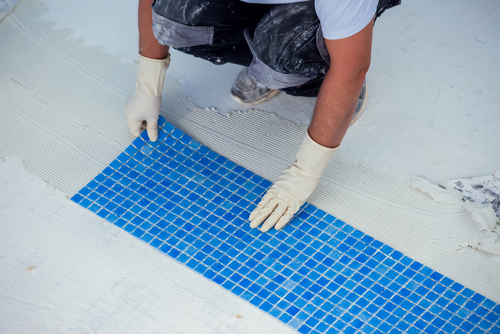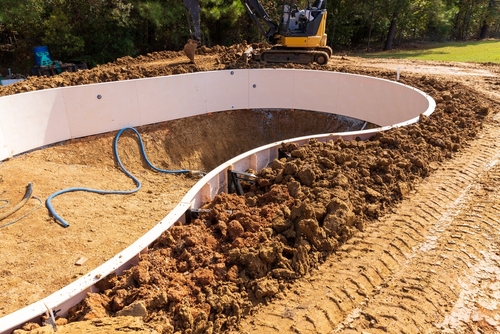How Long Does It Take to Build a Pool in Los Angeles, CA?

Building a pool in Los Angeles, CA can be an exciting and rewarding project for homeowners looking to enhance their outdoor living space. However, one common question that arises for those considering a pool installation is how long the process will take. In this blog post, we will discuss the various stages involved in building a pool in Los Angeles and provide an overview of the typical timeline for completing a pool construction project in the area.
Permitting and Planning Stage
The first step in building a pool in Los Angeles is obtaining the necessary permits and approvals from the city. This stage can vary in length depending on factors such as the complexity of the project, the location of the property, and any specific requirements set forth by the local building department. In general, obtaining permits for a pool construction project in Los Angeles can take anywhere from a few weeks to a few months.
Once all permits are secured, the next step is to work with a pool contractor to finalize the pool design and layout. This stage typically involves site visits, discussions about pool features and materials, and the creation of detailed plans and blueprints for the construction of the pool.
Excavation and Construction Stage
After the planning and permitting stages are complete, the next stage in building a pool in Los Angeles is excavation. This involves digging out the area where the pool will be located and can take anywhere from a few days to a couple of weeks, depending on the size and complexity of the pool.
Once excavation is complete, construction of the pool can begin. This stage involves the installation of the pool shell, plumbing, electrical work, and any additional features such as water features, lighting, or automation systems. The construction process can take several weeks to a few months, depending on the size and complexity of the pool and any additional features that are included in the design.
Finishing and Landscaping Stage
Once the pool construction is complete, the final stage in building a pool in Los Angeles is finishing and landscaping. This stage involves adding finishing touches to the pool, such as tile, coping, and plaster, as well as landscaping around the pool area.
The finishing and landscaping stage can take anywhere from a few weeks to a couple of months, depending on the scope of work involved and any additional features or customization that is included in the design. Some homeowners may choose to add features such as a spa, outdoor kitchen, or fire pit to further enhance their outdoor living space.
Overall Timeline for Building a Pool in Los Angeles
In general, the timeline for building a pool in Los Angeles can vary depending on a variety of factors, including the size and complexity of the project, the season, and any delays or challenges that may arise during the construction process. On average, a typical pool construction project in Los Angeles can take anywhere from 3 to 6 months to complete, from the initial permitting and planning stages to the finishing and landscaping stages.
Factors that can impact the timeline for building a pool in Los Angeles include:
– Permitting and approvals: Obtaining permits and approvals from the city can sometimes be a lengthy process, depending on the specific requirements of the local building department.
– Weather: Weather conditions can impact the construction timeline, with rain or extreme heat potentially causing delays in the construction process.
– Site conditions: The condition of the site, including any grading or excavation work that needs to be done, can also impact the timeline for building a pool.
Summary
Building a pool in Los Angeles is a multi-step process that involves permitting, planning, excavation, construction, and finishing. The timeline for completing a pool construction project in Los Angeles can vary depending on factors such as the size and complexity of the project, the season, and any delays or challenges that may arise during the construction process. By working with an experienced pool contractor and staying informed about the various stages of pool construction, homeowners can ensure a smooth and successful project that results in a beautiful and functional pool to enjoy for years to come.
Need Pool Contractors In Los Angeles, CA?
Since 1999, Avanti Pools, Inc. has proudly been your locally owned and operated source for premier custom-designed pools and spas, serving Los Angeles and the surrounding areas with unparalleled quality and service. The experts at Avanti Pools, Inc. are A.P.S.I. certified professional pool builders that hold over 60 years of combined experience specializing in swimming pool and spa design and construction, automatic pool and spa covers, solar heating, self-cleaning pools, and much more. Our area of expertise lies in special engineering on difficult sites, so we are capable and fully equipped to handle even the most challenging of projects. Call the expert pool builders at Avanti Pools, Inc. today!

